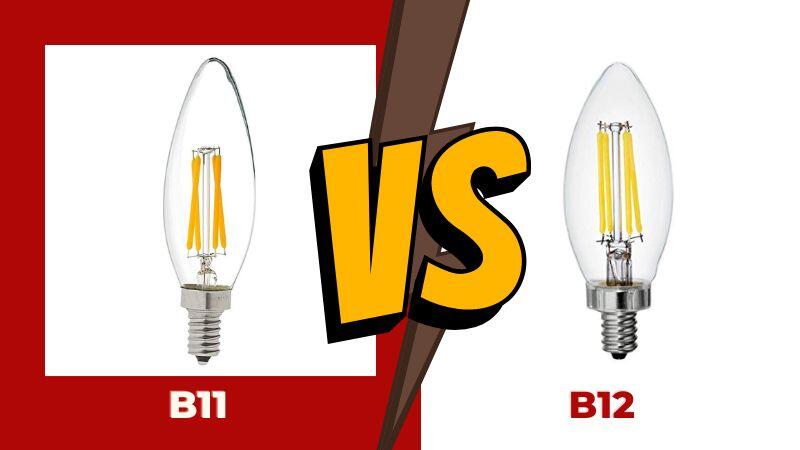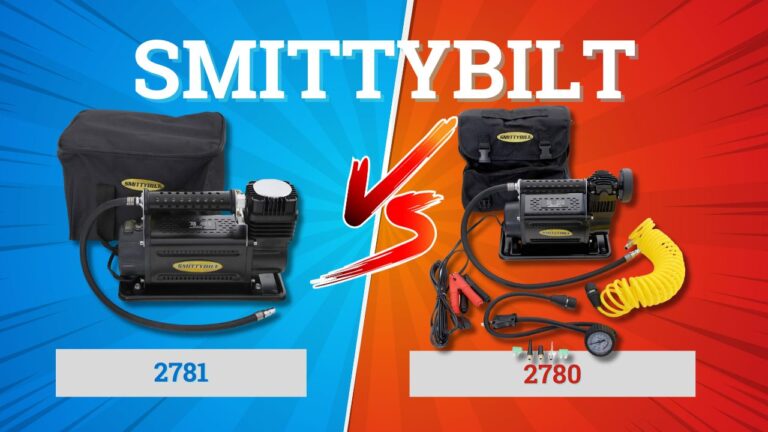When it comes to choosing light bulbs, there are several factors to consider such as brightness, energy efficiency, color temperature, and lifespan. Two common types of bulbs used in households and commercial settings are B11 and B12 bulbs. In this article, we will compare these two bulb types in terms of their features, applications, and benefits.
B11 and B12 bulbs are both part of the candelabra bulb family, which are designed to fit in fixtures that require smaller bulbs with a narrow base. The primary difference between these two bulbs is their size and shape. B11 bulbs have a narrower diameter than B12 bulbs, and they are shorter in length. B11 bulbs typically measure 1.375 inches in diameter and 3.625 inches in length, while B12 bulbs measure 1.5 inches in diameter and 4 inches in length.
Differences Between B11 and B12 Light Bulbs
Brightness and Wattage
Both B11 and B12 bulbs are available in a range of brightness levels, measured in lumens. The brightness of a bulb depends on the amount of energy it uses, measured in watts. B12 bulbs typically have a higher wattage range than B11 bulbs, making them brighter. B12 bulbs typically range from 25-60 watts, while B11 bulbs range from 15-40 watts.
Check Also – B11 Vs B13 Bulbs: What Are The Differences?
Energy Efficiency
B11 bulbs are more energy-efficient than B12 bulbs, as they use less energy to produce the same amount of light. This is because B11 bulbs have a lower wattage range than B12 bulbs, which means they consume less electricity. For example, a 40-watt B12 bulb uses more energy than a 25-watt B11 bulb to produce the same level of brightness.
Color Temperature
Another factor to consider when choosing light bulbs is color temperature. The color temperature of a bulb determines the color of the light it produces. B11 and B12 bulbs are available in a range of color temperatures, from warm white to cool white. Warm white bulbs have a yellowish hue, while cool white bulbs have a bluish tint.
Applications
B11 bulbs are typically used in decorative fixtures such as chandeliers, sconces, and ceiling fans. They are also used in outdoor fixtures such as lanterns and post lights. B12 bulbs, on the other hand, are used in a variety of applications such as table lamps, floor lamps, and pendant lights. They are also commonly used in commercial settings such as hotels, restaurants, and retail stores.
Benefits
Both B11 and B12 bulbs offer benefits in terms of energy efficiency, lifespan, and cost-effectiveness. B11 bulbs are more energy-efficient than B12 bulbs, which can result in lower energy bills. They also have a longer lifespan, which means they need to be replaced less often. B12 bulbs, on the other hand, are brighter and more versatile in terms of their applications. They also offer a wider range of color temperatures, making them suitable for a variety of settings.
Conclusion
The choice between B11 and B12 bulbs depends on the specific needs of the application. B11 bulbs are more energy-efficient and have a longer lifespan, making them a better choice for decorative fixtures and outdoor lighting. B12 bulbs, on the other hand, are brighter and more versatile, making them a better choice for general lighting and commercial settings. Ultimately, the choice comes down to personal preference, as both bulb types offer benefits in terms of energy efficiency, lifespan, and cost-effectiveness.




